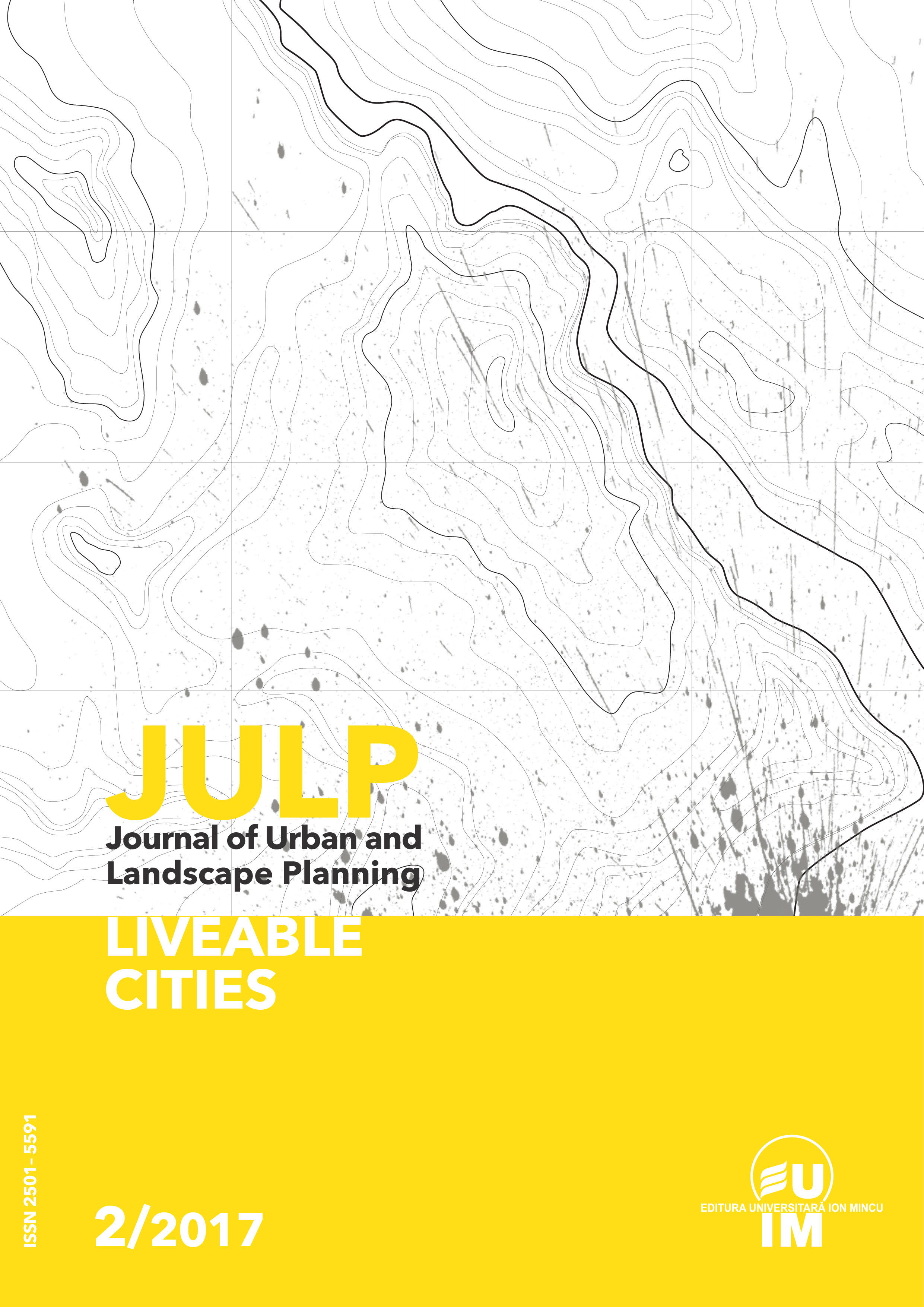A Creative City Is a Liveable City
A Creative City Is a Liveable City
Author(s): Mădălina MOȚCANU-DUMITRESCUSubject(s): Social Sciences, Fine Arts / Performing Arts, Essay|Book Review |Scientific Life, Geography, Regional studies
Published by: Universitatea de Arhitectură şi Urbanism »Ion Mincu«
Keywords: Liveability; sustainability; quality of life; people movement; walking; transportation; safety
Summary/Abstract: As the urban populations increase we have to think more deeply about how to make cities less stressful and more creative for people to live in. The development process of our cities, and the players within this process - central and local government, politicians and professionals, developers, financiers and builders – have become entangled in a system which produces developments, but not places. For places to be well-used and well-loved, they must be safe, comfortable, varied and attractive. They also need to be distinctive, and offer variety of choices and fun. Vibrant places offer opportunities for meeting people, playing in the street and watching the world go by. New development should enrich the qualities of existing urban places. This means encouraging a distinctive response that arises from and complements its setting. This applies at every scale - the region, the city, the town, the neighborhood and the street.Places need to be easy to get to and be integrated physically and visually with their surroundings. This requires attention to how to get around by foot, bicycle, public transport and the car - and in that order.Watching how people move through an existing area reveals the numerous influences on movement at work. How people move, particularly on foot, is not just a matter of the simplest and most obvious route, but will be influenced by, for example: variety and interest; safety; light and shade; commercial activity; landscape; noise and pollution.Liveability and quality of life are key factors whilst designing and managing the development of our cities, not only in terms of energy, water, pollution and waste systems which are sustainable for the long term, but in a way that we can understand better how to use our cities.
Journal: Journal of Urban and Landscape Planning
- Issue Year: 2017
- Issue No: 2
- Page Range: 41-48
- Page Count: 8
- Language: English

